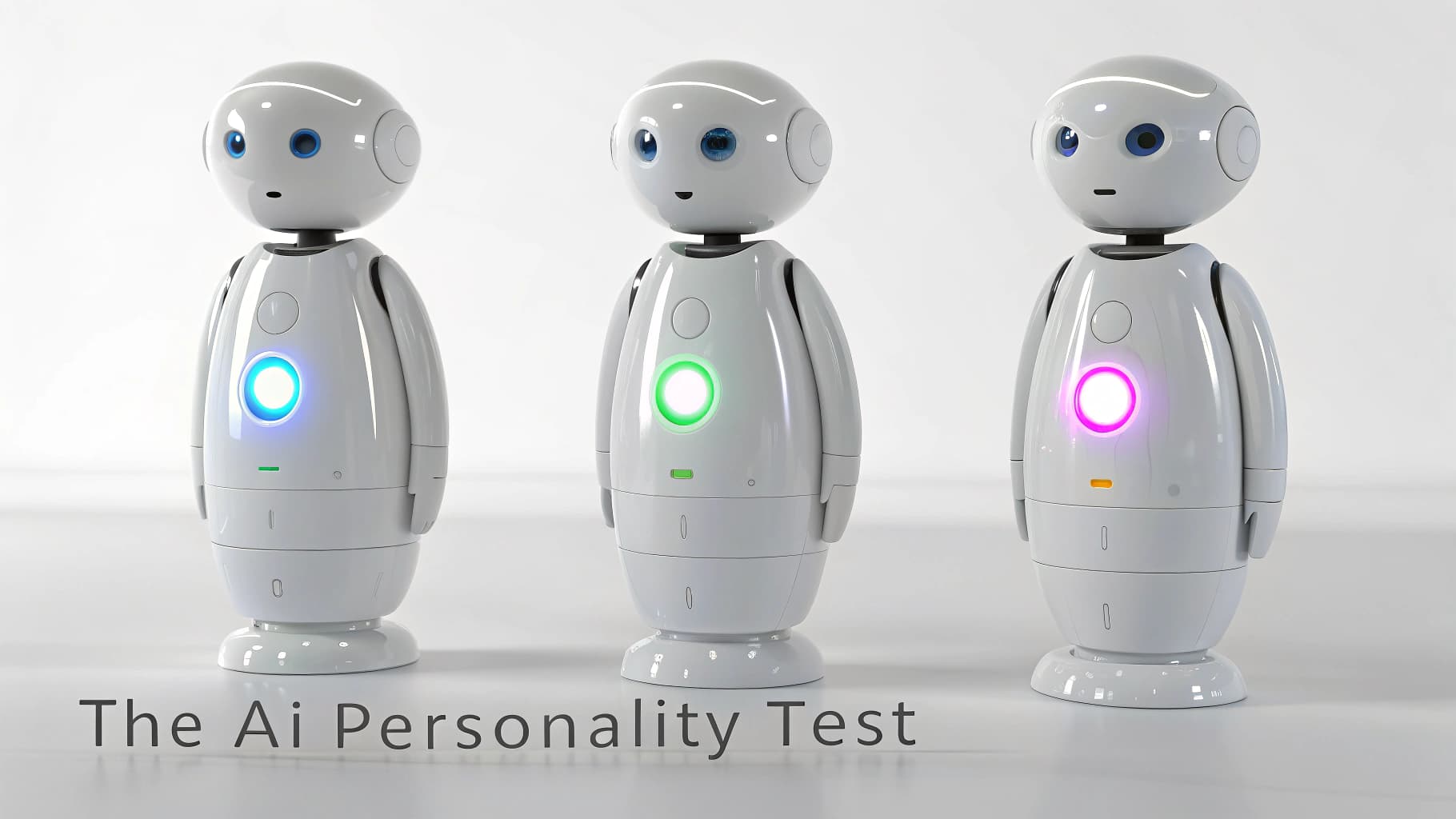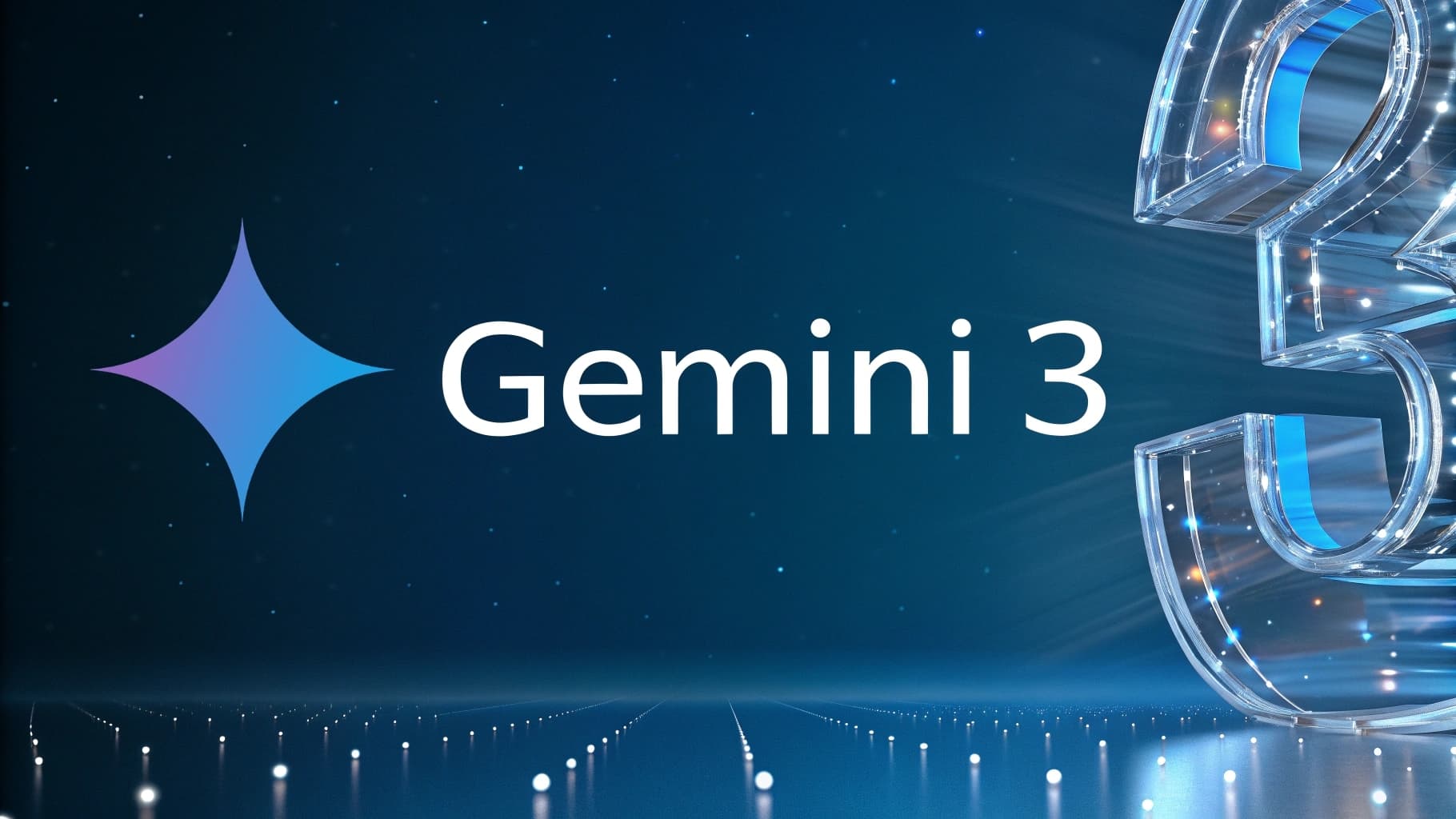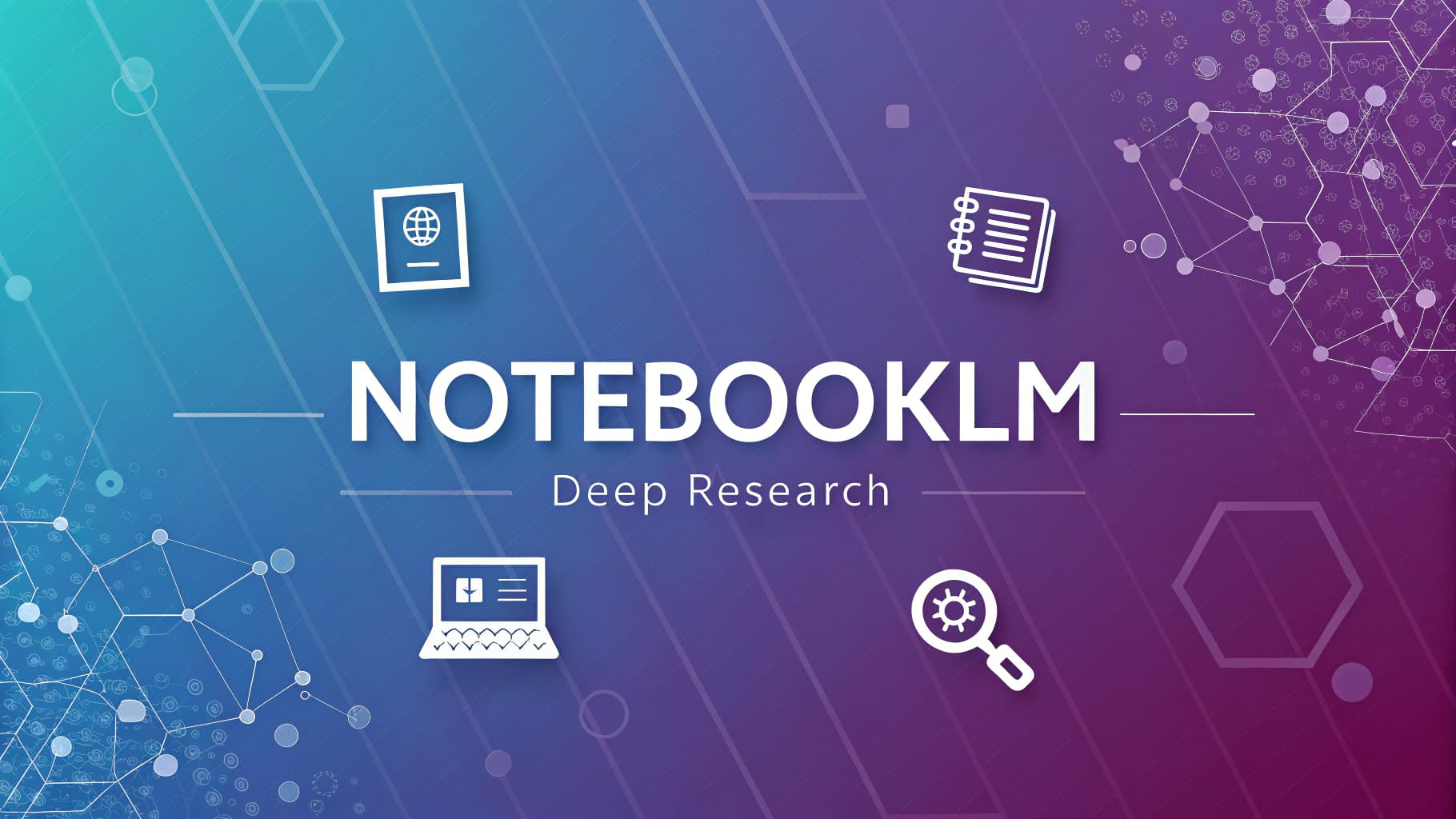
Study Finds AI Models Have Unique ‘Personalities’
AI Models Have Hidden ‘Personalities,’ New Study Finds-And It Shows How OpenAI and Google’s Bots Think Differently
In a move that pulls back the curtain on how AI systems think, a joint research team from Anthropic and Thinking Machines Lab has uncovered distinct “personalities” hidden within the world’s leading language models.
The researchers developed an innovative method to stress-test the behavioral rules governing these systems, revealing that models from different companies possess unique value fingerprints that set them apart.
The Rules of the Game: When Instructions Aren’t Clear
All AI models, including OpenAI’s ChatGPT and Anthropic’s Claude, operate based on internal documents known as “model specifications.”
These specs act as an instruction manual, defining how the AI should behave and what principles it must follow.
However, the new study indicates that these instructions can be surprisingly ambiguous or even contradictory.
To test these rules, the researchers put the models in difficult situations that required complex ethical choices.
They designed over 300,000 scenarios that forced a trade-off between two positive values, such as choosing between “promoting social equity” and “achieving business effectiveness,” or between “absolute honesty” and “considering the user’s feelings.”
Diverging Answers Reveal Hidden Flaws
The study’s core idea was simple: if the behavioral rules are clear and precise, most AI models should arrive at similar conclusions.
However, when the models’ answers vary widely, it serves as a strong indicator of a gap or conflict within their core programming.
According to the research, scenarios that produced high disagreement among the models also had a 5 to 13 times higher rate of violating their own behavioral rules.
The researchers state that this pattern points to fundamental contradictions within the specification texts themselves, rather than an idiosyncrasy of a single model.
Every AI Family Has Its Own ‘Character’
Perhaps the most compelling discovery was the emergence of consistent behavioral tendencies-or “personalities”-for each family of language models when faced with ambiguous scenarios. The results revealed clear patterns:
- Anthropic’s Claude Models: Showed a distinct priority for ethical responsibility, intellectual integrity, and objectivity.
- OpenAI’s Models (GPT series): Frequently leaned towards favoring efficiency and the optimal use of resources.
- Google’s Gemini and xAI’s Grok: Their responses often focused on demonstrating emotional depth and authentic connection.
In contrast, the study found that some values, such as “business effectiveness” and “social equity,” did not show a consistent pattern from any single provider, suggesting these areas are still a subject of internal debate or have received less direct attention in AI design.
A Tool to Build Safer AI
The benefits of these tests extend beyond identifying AI personalities.
The method was also effective at pinpointing clear misalignments, such as models that were overly cautious and refused to answer safe, legitimate questions, as well as instances of biased or flawed responses.
Ultimately, this research provides a powerful diagnostic tool for AI developers.
Instead of waiting for errors to surface after a public launch, developers can now use this approach to find and fix the “blind spots” in their systems.
This paves the way for building safer, more reliable, and more predictable AI in the future.




